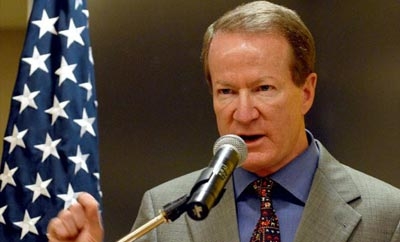A current high-ranking State Department official and former ambassador to Colombia has predicted that drug traffickers will revive trafficking routes through the Caribbean due to law enforcement pressures in Central America.
Speaking in a media interview, US State Department official William Brownfield said that as law enforcement agencies had turned their focus to Central America in the last two years, it is likely traffickers will respond by turning back to Caribbean routes used in the 1980s.
The former ambassador went on to say that the Caribbean states are particularly vulnerable because of the huge sums of money transnational criminal groups can use to buy access to financial systems and infrastructure.
Since 2011, Brownfield has worked as Assistant Secretary of State for the Bureau of International Narcotics and Law Enforcement Affairs.
InSight Crime Analysis
At present, less than five percent of cocaine destined for the US travels through the Caribbean, according to a 2012 US Senate report — down from 26 percent in 2001 — and by far and away the most popular trafficking route remains Central America, which an estimated 80 percent of shipments passes through.
Drug trafficking generally follow the path of least resistance, and it is likely that, as Brownfield says, increased pressure on Central America will cause trafficking routes to shift.
There are some signs this is already happening, such as the Sinaloa Cartel’s apparent attempts to establish a route through the Dominican Republic. However, a return to the peak of Caribbean trafficking seen in the mid-1980s, when over 75 percent of South American cocaine destined for the US was seized in the Caribbean, seems unlikely to happen in the near future.

